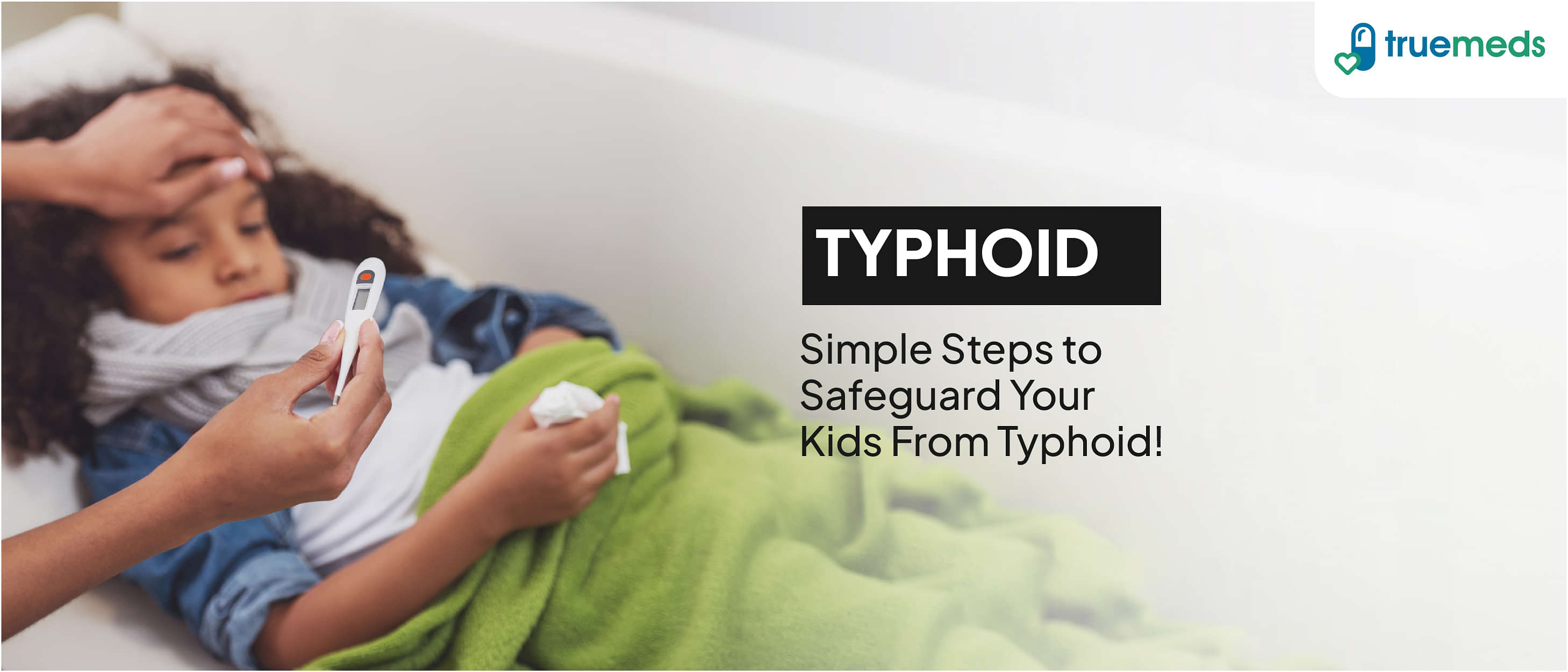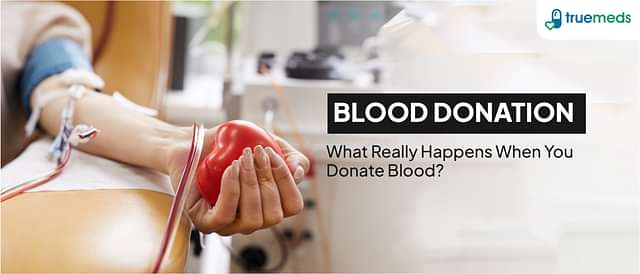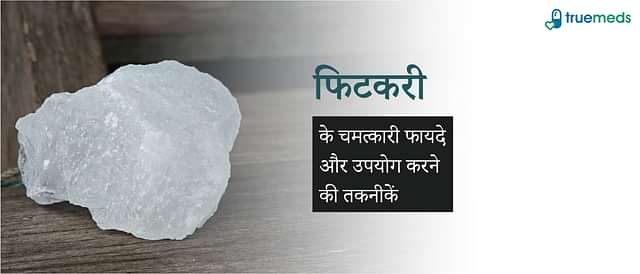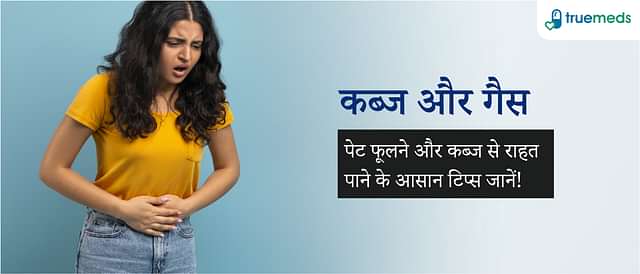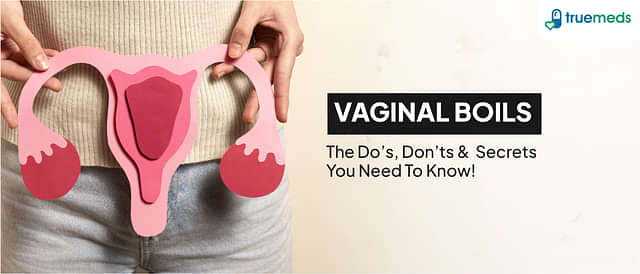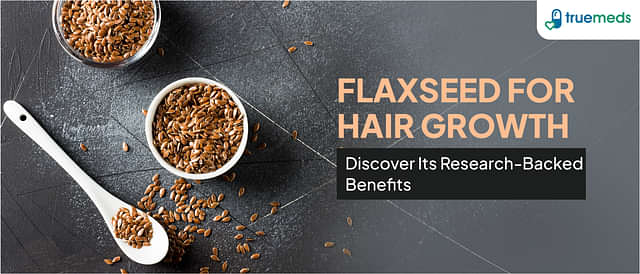Typhoid in Kids: Symptoms, Diagnosis, Home Remedies and Pediatric Care
Last updated on : 14 Jul, 2025
Read time : 11 min
Typhoid is among the deadliest bacterial infections occurring in children. Typhoid is prevalent in poor sanitation conditions, and getting clean drinking water is impossible.
Children with weak immunity are more likely to get typhoid. Usually, the acid in our stomach kills harmful bacteria like Salmonella, which causes typhoid. But sometimes, this acid level drops due to some medicines (like antacids or antihistamines) or food and drink habits. This allows the disease-causing Salmonella to survive, grow, and cause infection.
What is typhoid fever?
Typhoid fever, called enteric fever, is caused by Salmonella typhus. The bacteria live inside the human body and pass through faeces and urine.
The infection gets inside the body when you get into contact with this contaminated food, water or carrier person may accidentally get associated with the infection-laden person; once inside, they multiply inside the stomach and cause stomach pain, diarrhoea, constipation and fever.
Read more: Effect of Seasons Upon Diseases and Their Prevention
How do children get typhoid fever?
Children get typhoid from another typhoid-infected person or food and water contaminated with human faeces containing bacteria. Typhoid also spreads when drinking water is contaminated through sewage water.
Enteric fever mainly affects the stomach region. Typhoid fever is common in babies and young children, especially in places with inadequate water and sanitation.
What are the hallmark signs & symptoms of typhoid in kids?
Typhoid symptoms in children become evident after 1-2 weeks of infection or contact with contamination.
The symptoms can last up to 4 weeks or longer, and typically include:
- A fever of more than 100 degrees lasting for around five days, with a rise in temperature with each passing day
- A general feeling of discomfort, weakness and tiredness
- Pain in the abdominal region
- Cough
- Chills
- Vomiting
- Headaches
- A coating on the tongue( called typhoid tongue)
- Constipation
- Diarrhoea
- Rose or pink coloured rash or spots on neck, chest and stomach ( rare symptom)
Typhoid follows a specific pattern: the temperature rises with the day, reaches a maximum by evening, and drops by morning. However, there are cases that do not follow this pattern, too. So, do speak to your doctor if you have any questions.
How is typhoid diagnosed in young children?
Diagnosing typhoid in young children involves asking questions about symptoms (to the child if they are old enough to communicate or to the parents) to help diagnose.
The doctor will also look for clinical signs like a faint heartbeat, swollen liver, and spleen. A blood test or culture is usually required to confirm typhoid symptoms.
The Widal test is a standard typhoid test. It is not specific, but it is widely used. Other tests used in diagnosis include urine and stool tests.
Standard Typhoid Tests for Children
Your doctor may suspect typhoid fever based on your child’s symptoms and medical and travel history. These symptoms are confirmed by examining blood samples, stools, or urine for the Salmonella typhi bacteria that cause the condition.
The bacteria are not always detected the first time; therefore, one may need a series of tests. Here are standard typhoid fever tests:
- Blood test: The blood test is the most common typhoid fever test. It detects the presence of Salmonella typhi bacteria in the blood.
- Stool and urine test: This test is helpful in the later stages of the disease. Your doctor will provide you with a sterile container to collect a stool and urine sample separately.
- Widal test: This test detects antibodies against antigens of S. typhi, but its accuracy can be variable.
- Bone marrow test: It is a very reliable test and, therefore, widely used, especially when blood cultures are negative.
What is the treatment for children affected by typhoid infection?
The treatment for typhoid will begin before the laboratory test results are out, as keeping the child without medicine may be dangerous. Once the tests are positive for typhoid, specific antibiotics are given for an adequate time.
Antibiotics are the primary medicines for the treatment of typhoid. Complete the entire course of typhoid medication, as taking less than the prescribed dose means the complete bacteria inside the body are not killed. Children will start to feel better in 2-3 days.
Paracetamol, along with antibiotics, is also prescribed for fever. If the fever does not go away, call your doctor immediately.
Always stay in touch with the doctor during treatment and ensure that all the instructions given to the child are followed.
Diet for Kids During Typhoid Recovery
Remember that the child may have the usual appetite but must still be fed. Most importantly, the child should be given plenty of fluids and light, easily digestible foods.
Let’s take a quick look at what foods can be eaten and what foods should be avoided.
- Give lots of liquids, and there is a loss of body fluids in the form of fever, sweat, vomiting, and diarrhoea. The body needs more fluids to compensate and run the other bodily functions smoothly.
- For breastfed infants, feed them often as much as they want to drink. For children fed through bottle feeding, let them drink formula milk every half hour.
- The doctor will prescribe ORS solutions to your child. Follow your doctor’s instructions for the frequency and volume of ORS solution to be given.
- Offer buttermilk, homemade juices, and cow’s milk if the child is old enough. If the milk is in a packet, give it low-fat, double-toned pasteurised milk.
Do not give coffee, tea, caffeinated drinks, packaged juices, energy drinks, or packed beverages.
A) Foods that are good during typhoid
Offer kids’ favourite foods in smaller portions like
- Khichdi made from moong dal and rice or sabudana
- Idly
- Poha
- Steamed or well-cooked vegetables
- Mashed potatoes
- Curd
- Paneer
- Cheese
- Home-made soups
- Seasonal fruits like bananas, apples, watermelon, and grapes.
B) Foods that are not good during typhoid
Foods which may not be digested easily during typhoid and cause flatulence or gas should be avoided. These include:
- High-fibre, spicy and fatty foods
- Sugary foods
- Junk foods
- Raw vegetables, which are commonly used for the preparation of salad, such as cabbage, capsicum, onion, cauliflower, broccoli
- Seeds like rajma, chickpeas (chola), Bengal gram (chana) and whole wheat grains like brown rice, oats and quinoa.
Do consult your child’s doctor before making any changes to their diet.
How to Prevent Typhoid in Children
Typhoid is common in places with inadequate water supply and poor sanitation. Providing safe drinking water, enough water for sanitation, and, lastly and more importantly, getting a typhoid vaccine helps prevent typhoid infection.
Typhoid conjugate vaccine is given as a single dose to children over 6 months old and adults up to 45- 65.
The World Health Organisation(WHO) has recommended two typhoid vaccines since December 2017. They are given as a part of the vaccination programme, especially in typhoid-endemic countries like India.
Other simple tips to prevent typhoid in children are:
1. Consume only clean drinking water
Clean water is vital for all essential activities. Wash the vegetables properly with filtered water. Always drink safe and clean water; if you are unsure, boil and cool the water before drinking. Adults may drink filtered water. Make sure all the baby’s equipment is washed and properly sterilised.
2. Precautions when eating out
Avoid foods sold by street vendors, especially during monsoons; flavoured ice drinks and cold foods are more likely to be contaminated with Salmonella typhi.
Raw milk or contaminated milk products, such as ice cream, are thought to be contaminated with typhoid-causing bacteria. Know that food cooked at home is clean, safe, and hygienic.
3. Follow hygienic practices
Always wash your hands with soap and water, especially
- Before eating
- Before cooking
- Before feeding your child
- After using the toilet, cleaning the baby’s stool and changing diapers
- After handling pets
Typhoid Vaccine Options for Children in India
Typhoid vaccination at an early age reduces the incidence of severe typhoid cases, which can lead to complications such as intestinal perforation. Vaccination also helps reduce reliance on antibiotics and reduces the risk of antibiotic resistance.
Here is the list of Typhoid vaccines for kids available in India:
- Typbar-TCV
- Typhim Vi
- Vivotif
- Zyvac TCV
- TYPHIBEV
Conclusion
Typhoid is a serious illness that can affect children due to exposure to contaminated food or water. While persistent fever, abdominal pain, and fatigue may appear common, they should never be ignored. Most children recover completely with early detection, proper antibiotic treatment, and supportive home care.
Prevention is your strongest shield, so vaccinate your child, ensure safe drinking water, and practice good hygiene habits daily. If you suspect typhoid, don’t delay medical attention. A few proactive steps can protect your child from complications and ensure their speedy return to health.
In response to the typhoid spread in October 2017, the World Health Organization (WHO), the strategic advisory group of experts on immunisation (SAGE) that advises vaccination to WHO, recommended including the typhoid conjugate vaccine in the routine vaccination programme for children above six months. In 2023, the WHO qualified two types of typhoid conjugate vaccines. The conjugate vaccine has longer-lasting immunity and can be given as a single dose.
Apart from decreasing the disease burden in the endemic countries and saving lives, it has also helped reduce the use of antibiotics for treating typhoid infection and reduced resistance to treatment.
Expert Quote:
“Typhoid in children is a serious illness, and any high fever with abdominal pain and vomiting must be reported to their doctor at the earliest. Avoid self-medication or home remedies as the primary treatment for typhoid in children.”
– Dr Lakshmi Vaswani
Frequently Asked Questions (FAQs)
If you have typhoid fever, follow home remedies for typhoid. Drink plenty of fluids like water, ORS, and herbal teas to help prevent dehydration. Eat easily digestible foods such as boiled potatoes, pomegranates, garlic, bananas, and rice that aid in recovery. Apple cider vinegar also helps in recovery. Rest and maintain good hygiene for effective home care.
The range for typhoid fever in kids is 38°C to 40°C (102°F to 104°F). A common symptom is a persistent high fever for several days.
Salmonella typhi and Salmonella paratyphi bacteria cause different types of typhoid fever, including typhoid fever (caused by S. typhi) and paratyphoid fever (caused by S. paratyphi A, B, and C).
Your child can return to school once they have fully recovered, usually after 2-3 weeks, and are no longer contagious, as confirmed by a doctor.
Even after typhoid symptoms in kids improve, children can still shed the bacteria that cause typhoid in their stool for weeks to months and be asymptomatic carriers. It is recommended to be hygienic and follow medical advice to prevent the spread of the infection to others.
With appropriate antibiotic treatment, symptoms often improve within 7 to 14 days. However, recovery time can vary depending on individual health and treatment effectiveness.
References
- Typhoid fever [Internet]. Kidshealth.org. [cited 2023 Jul 12]. Available from: https://kidshealth.org/en/parents/typhoid.html
- Typhoid [Internet]. Who.int. [cited 2023 Jul 12]. Available from: https://www.who.int/news-room/fact-sheets/detail/typhoid
- Devaranavadagi RA, S. S. A study on clinical profile of typhoid fever in children. Int J Contemp Pediatr [Internet]. 2017 [cited 2023 Jul 12];4(3):1067. Available from: https://www.ijpediatrics.com/index.php/ijcp/article/view/835
- Researchgate.net. [cited 2023 Jul 12]. Available from: https://www.researchgate.net/publication/358284134_Typhoid_fever_in_children_A_Review
- Website, N. (2023, December 11). Treatment. nhs.uk. https://www.nhs.uk/conditions/typhoid-fever/treatment/
- Bhandari, J., Thada, P. K., Hashmi, M. F., & DeVos, E. (2024, April 19). Typhoid fever. StatPearls – NCBI Bookshelf. https://www.ncbi.nlm.nih.gov/books/NBK557513/
Disclaimer
Our healthcare experts have carefully reviewed and compiled the information presented here to ensure accuracy and trustworthiness. It is important to note that this information serves as a general overview of the topic and is for informational purposes only. It is not intended to diagnose, prevent, or cure any health problem. This page does not establish a doctor-patient relationship, nor does it replace the advice or consultation of a registered medical practitioner. We recommend seeking guidance from your registered medical practitioner for any questions or concerns regarding your medical condition.
Popular Articles
Recommended Articles
Recent Articles
Company
About UsHealth ArticleHealth StoriesDiseases & Health ConditionsAyurvedaAll MedicinesAll BrandsNeed HelpFAQSubscribe
Registered Office Address
Grievance Officer
Download Truemeds
Contact Us
Our customer representative team is available 7 days a week from 9 am - 9 pm.
v4.4.1
2025 - Truemeds | All rights reserved. Our content is for informational purposes only. See additional information.
Our Payment Partners









